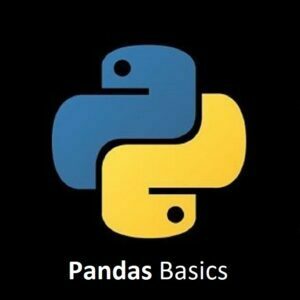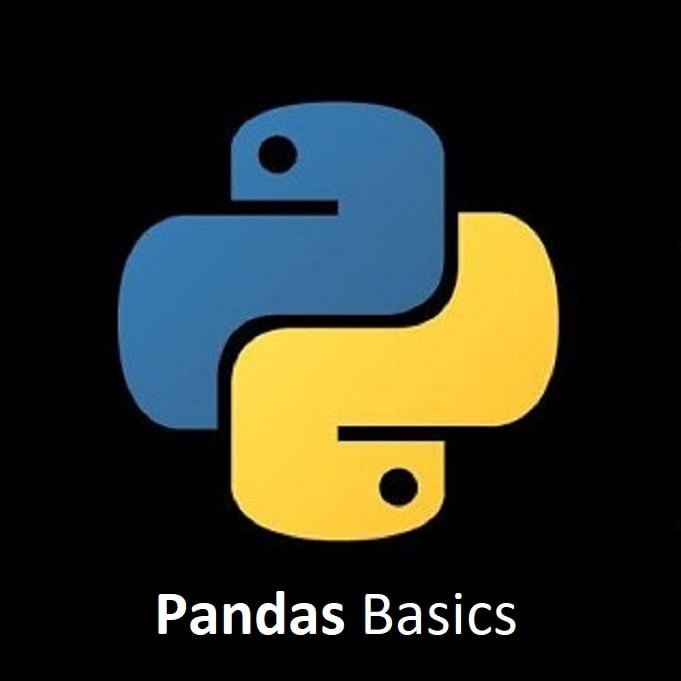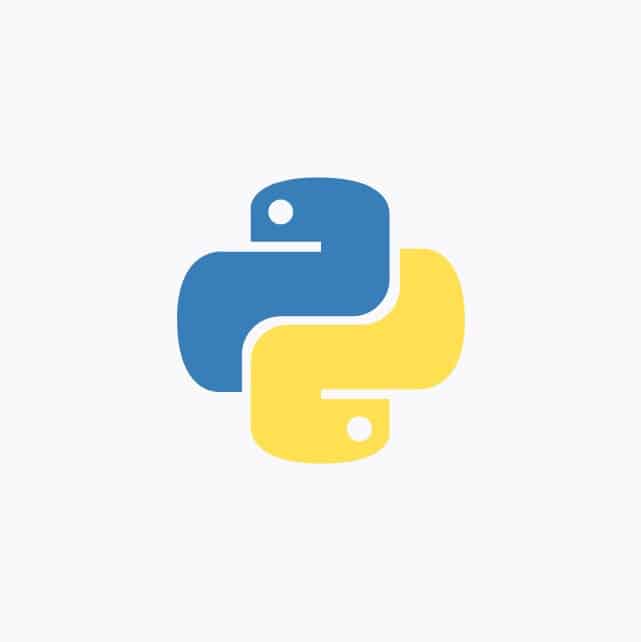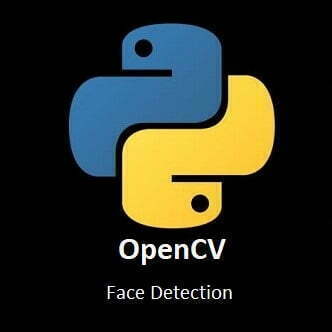
Cracking the Code of Data Analysis with Python Pandas
Welcome to the world of Python Pandas! Whether you’re an aspiring data scientist, analyst, or simply eager to harness the power of data, Pandas is your gateway to seamless data manipulation and analysis. In this beginner’s guide, we’ll embark on an exploration of Pandas, a powerful Python library designed to handle structured data effortlessly. By the end, you’ll wield the tools to slice, dice, and analyze data like a pro.
What is Pandas?
Python Pandas is a popular open-source data manipulation and analysis library built on top of the Python programming language. It provides data structures and functions to efficiently manipulate, clean, and analyze structured data.
Here are some key features of Pandas:
Data Structures:
Pandas introduces two primary data structures, namely Series and DataFrame, that allow you to handle and work with structured data easily.
- Series: It is a one-dimensional array-like object that can hold any data type, including integers, floats, strings, etc.
- DataFrame: It is a two-dimensional labeled data structure similar to a table or spreadsheet. It consists of rows and columns, and each column can have a different data type.
Data Manipulation:
Pandas provides a wide range of functions and methods for data manipulation. You can perform operations like filtering, sorting, merging, joining, reshaping, and aggregating data using intuitive syntax.
Data Cleaning:
Pandas offers several methods for data cleaning tasks, such as handling missing data, removing duplicates, transforming data types, and handling outliers.
Data Analysis:
Pandas provides powerful tools for data analysis, including descriptive statistics, data visualization, time series analysis, and grouping data using various criteria.
Integration with Other Libraries:
Pandas integrates well with other popular libraries in the Python ecosystem. For example, it works seamlessly with NumPy for efficient numerical operations and Matplotlib or Seaborn for data visualization.
Installation
To start using Pandas, you need to install it using the following command:
pip install pandas
Python Pandas Example Code
The example below demonstrates the creation of a DataFrame, accessing columns and rows, filtering rows based on a condition, adding and dropping columns, and aggregating data using Pandas.
import pandas as pd
# Create a DataFrame
data = {
'Name': ['John', 'Emma', 'Peter', 'Lisa'],
'Age': [25, 30, 28, 32],
'City': ['New York', 'London', 'Paris', 'Tokyo']
}
df = pd.DataFrame(data)
# Display the DataFrame
print("DataFrame:")
print(df)
print()
# Accessing columns
print("Accessing columns:")
print(df['Name']) # Accessing a single column by name
print(df[['Name', 'Age']]) # Accessing multiple columns
print()
# Accessing rows
print("Accessing rows:")
print(df.iloc[0]) # Accessing a single row by index
print(df.iloc[1:3]) # Accessing multiple rows
print()
# Filtering rows
print("Filtering rows:")
filtered_df = df[df['Age'] > 28] # Filtering based on a condition
print(filtered_df)
print()
# Adding a new column
print("Adding a new column:")
df['Profession'] = ['Engineer', 'Doctor', 'Teacher', 'Lawyer']
print(df)
print()
# Dropping a column
print("Dropping a column:")
df = df.drop('City', axis=1)
print(df)
print()
# Aggregating data
print("Aggregating data:")
print(df['Age'].mean()) # Computing the mean of a column
print(df['Age'].max()) # Computing the maximum value of a columnWhat Next?
Pandas has extensive documentation and a vibrant community, making it easy to find resources, tutorials, and examples to help you get started with data analysis and manipulation tasks using Pandas.
Here are some valuable online resources for the Pandas community:
Pandas Documentation: The official documentation is an excellent starting point. It provides comprehensive explanations, tutorials, and examples: Pandas Documentation
Stack Overflow: A vibrant community of developers shares solutions and answers to Pandas-related questions. It’s a great place to troubleshoot issues and learn from others: Pandas questions on Stack Overflow
Pandas Discussion Forum: The Pandas Google Group serves as a discussion forum for Pandas-related topics. It’s a place to ask questions, share knowledge, and connect with other users: Pandas Google Group
GitHub Repository: Pandas’ GitHub repository is where you can find the source code, report issues, and contribute to the library’s development: Pandas GitHub Repository
Pandas Community Chat (Gitter): Gitter is a chat platform where Pandas enthusiasts discuss various aspects of the library. It’s a great place for real-time discussions and quick assistance: Pandas Gitter Chat
Conclusion
Congratulations! You’ve taken your first steps into the realm of data analysis with Python Pandas. Armed with the knowledge of DataFrame structures, handling missing data, and performing basic operations, you’re well-equipped to venture deeper into the world of data science. Keep practicing, exploring new functionalities, and applying Pandas to real-world datasets to solidify your skills. Remember, the journey to mastering Pandas is ongoing, but the insights and capabilities you’ve gained are invaluable.
That’s All Folks!
You can explore more of our Python guides here: Python Guides




